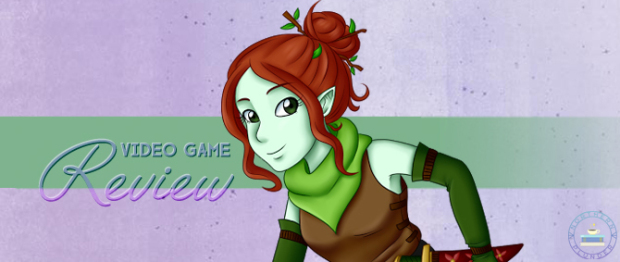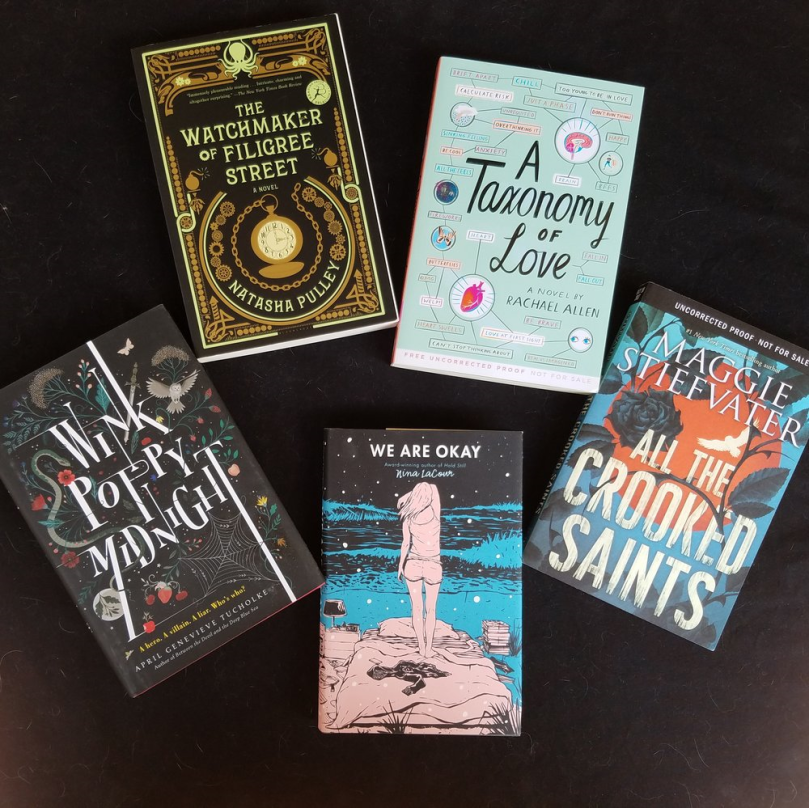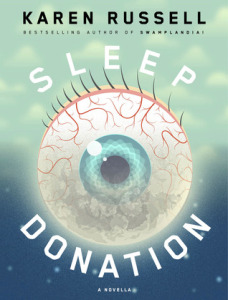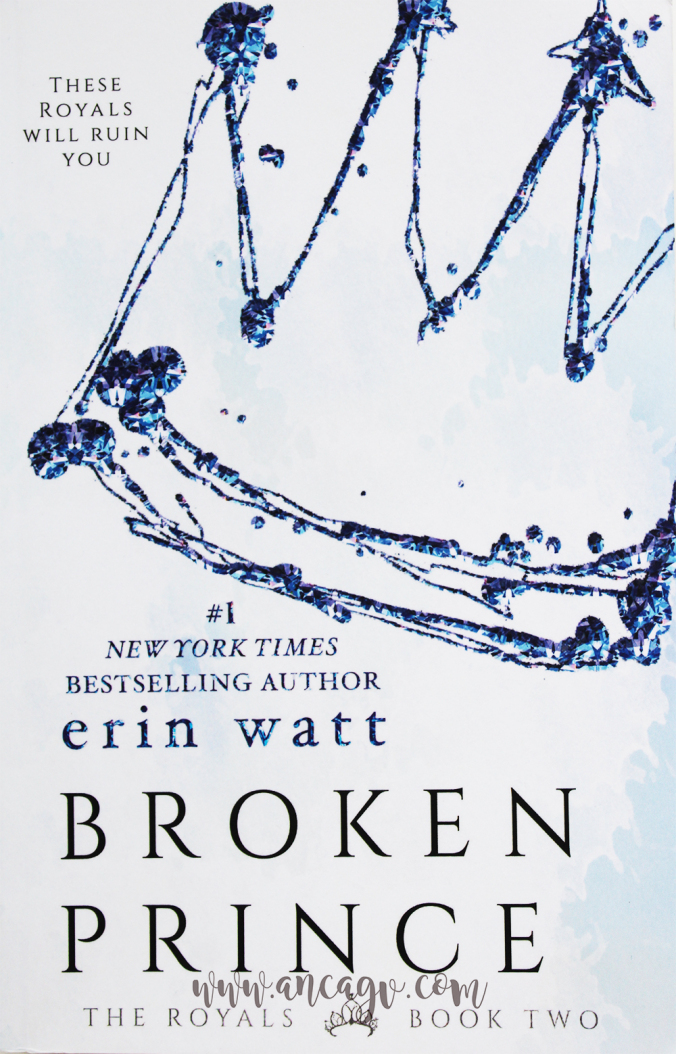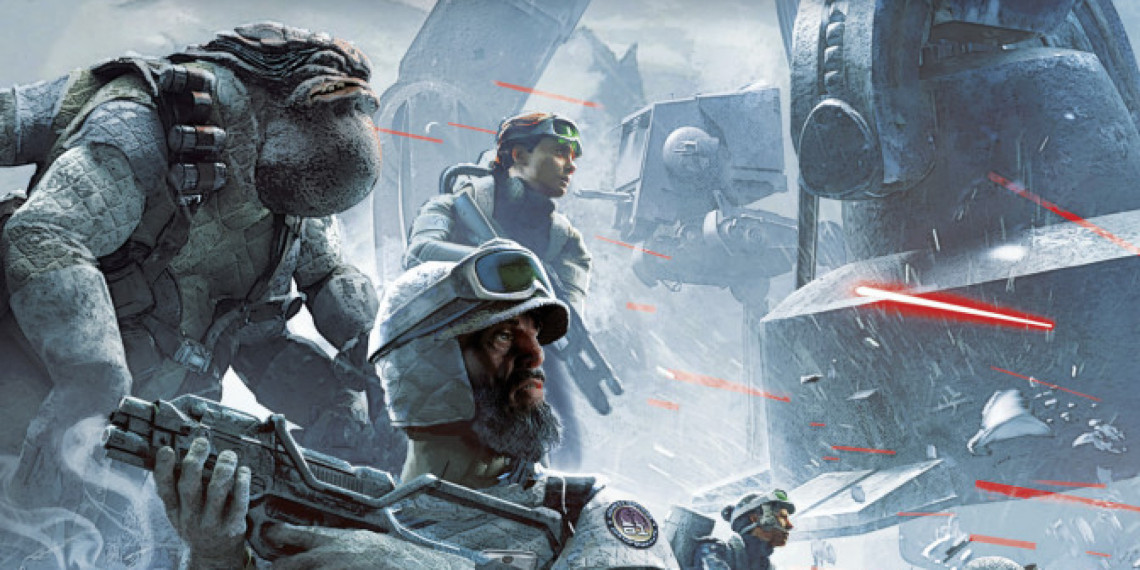
“Our goal isn’t conquest, but alchemy” he said. “The transmutation of the galaxy. We are a catalyst; where Rebellion comes into contact with Empire, change must occur. The substance of oppression becomes the substance of freedom — and as with any change, terrible energies are released:War, victory and defeat.”
Howl, Twilight Company, page 103
The writing style of this first Battlefront book provided a marked contrast with the rest of the new Star Wars novels when it was first published. Twilight Company was conveyed in a denser, more tightly packed writing style that most resembled James Luceno’s work on the Tarkin and Catalyst novels. The book lacks the sheer propulsion of works such as Gray’s and Wendig’s so readers will need to take your time over the detail. It’s worth it though and in that detail there is a wealth of riches to be uncovered for the Star Wars aficionado.
The book depicts war as viewed by the ground troops, not high command. It puts the War in Star Wars. Set in and around the time of the Battle of Hoth from Empire Strikes Back, with set flashbacks at points, it shows the conflict directly from the battlefront.
In doing so it gives the reader valuable insight. For example, the characters refer to Leia in hushed tones, and the fact that in the open recruitment events held for new troops the volunteers for the Alliance call themselves Leia in homage. When the reader first meets our troops in the Sixty First Mobile Infantry — Twilight Company — there is frustration in the ranks relating to the decision taken by the Alliance High Command to implement a strategic relinquishing of some of their hard won advances. So it’s not all hushed tones of reverence, there is resentment in the mix as well from seasoned veterans of the campaign.
These angles are used to draw out rich detail. We see characters who accept that they work best in an environment of war, and doubt their usefulness in an era of peace, not least the main narrator from Twilight Company Namir, who acknowledges that “the war is damn well better for me” (page 179).
Likewise the scenes set in Sullust the dilemmas faced by the civilian population who bear the brunt of the Imperial wrath prompted by the Rebellion’s agitation. It is such a salient point for Freed to make. We see the tragedy of the normal citizen placed between two opposing forces. We see the fear they have of the Imperial forces, but also the recognition of the stability of sorts that exists for them if they keep their head down and try to work with the Imperial regime. It may be an awful existence but not as awful as the reprisals they will inflict for disloyalty. It is rule by fear in its truest sense.
What Freed highlights is that the Alliance, in advancing higher ideals, may hold out the promise of better daily existence in victory, but Sullustans are wary of the fact that vicious reprisals will be aimed at them not the Rebels should the uprising or resistance be quelled. They have experience of this already from the inconsistent activity of the Cobalt Front, the local resistance movement.
Freed’s account is remarkably realistic in terms of the different tensions and dynamics that exist in such situations, and it shows the complexity of conflict situations, underlining that there are often no easy answers. The reader is placed in a moral maze at points in the book about the choices they would make. It is worth pointing out that we also have a depiction of the famous Nien Nunb as a shadow figure in Sullust’s rebel cell structure aimed at removing the Imperials. It continues the excellent handling of Nunb in “new canon” to date (see novel Moving Target for example).
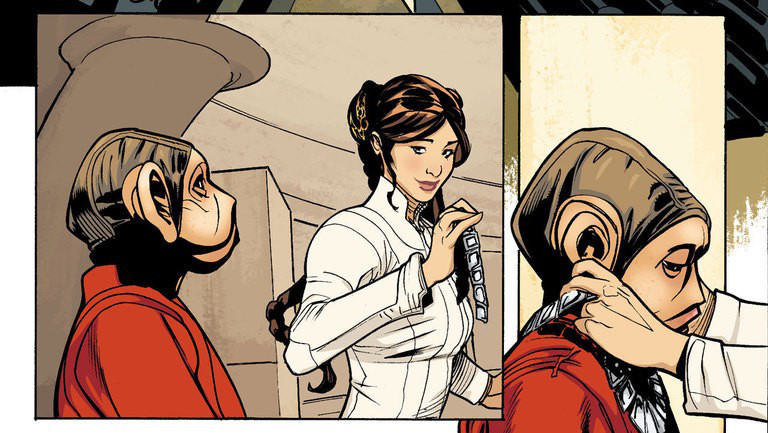
A further key feature of the book is the sheer terror instilled by the appearance of Vader. It is fascinating to see the Battle of Hoth from the defensive position of Twilight Company at the Rebel base. Freed highlights the sheer ferocity of his single minded aim to track down Luke, and the chilling descriptions of the violence he metes out on a critical Imperial defector, Governor Everi Chalis. Freed is masterful in placing the reader in the front row of this attack. It is a timely reminder of Vader’s chilling nature and is consistent with the recent work done by the creative teams to highlight this dimension of a character (whose impact is at more risk than most from pop culture exposure).
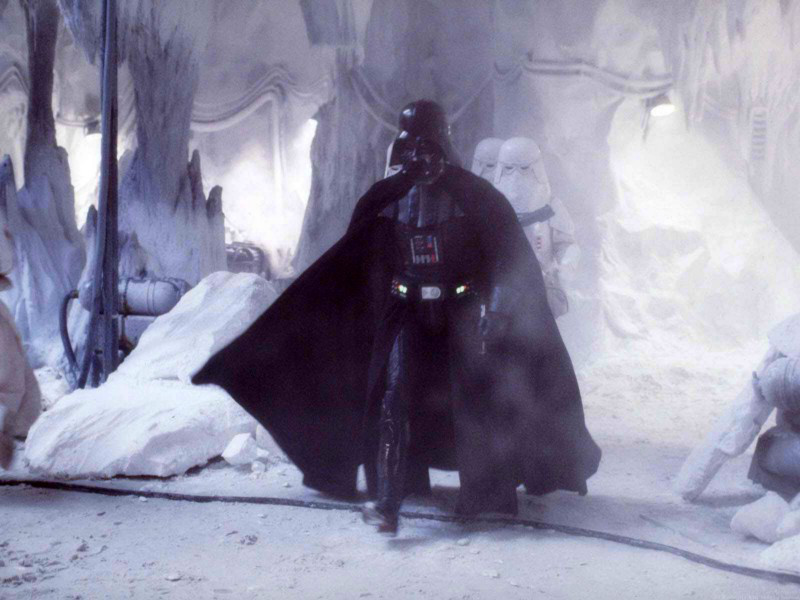
A contrast is also drawn at points between Vader and another of the “Emperor’s chosen” in the book, Prelate Verge. Verge is a classic villain, demented by the role he has been given at a young age and a Palpatine sycophant. He is a walking, talking Caligula motif within the novel, and is watched with trepidation in the novel by the seasoned Imperial veteran working to him, Captain Tabor Seitaron.

Juxtaposed against Verge in the book is the aforementioned Chalis, a seasoned Imperial who slogged her way to the top of the Imperial ranks through merit and work. She rose to power, in part, by having gained the favour of Count Vidian. Those who have read A New Dawn will know exactly how hard that must have been. We meet her at the point of her desertion when it becomes clear she will be held scapegoat for Imperial “failings” in her region. She harbors a resentment as it dawns on her that as a result of her underprivileged background she was never destined to be taken into the Imperial inner-circle. One observation on her is that her intelligence and strategic thinking is razor sharp. She also sculpts, continuing the trend in Star Wars of Imperials who channel cultural appreciation as a supplement to their martial and political machinations.
Taken in the round this is a fascinating book, akin to Lords of the Sith by Paul S Kemp, as well as elements of A New Dawn by John Jackson Miller. There are notable points of comparison between the experience of Ryloth in Lords of the Sith to that of Sullust in Twilight Company.
Score – 8/10
Star Wars — Battlefront Twilight Company is available now in paperback from Arrow Books in the UK. It was previously released in hardback in 2015 under the Century imprint.
Share this:
